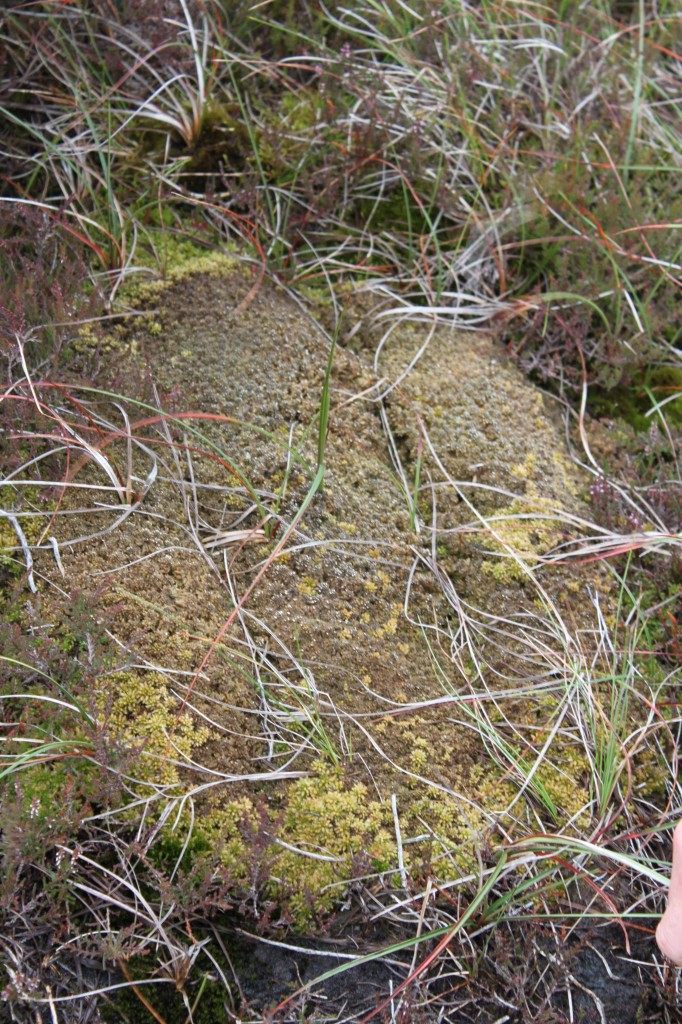On August 12th (the “Glorious Twelfth”, that marks the official start of the grouse-shooting season) there will be a “BAN THE BURN” Walk to Walshaw Estate, leaving from Hebden Bridge at 9.30 am.
Plans for the walk include offer of accommodation and a meal at the Trades Club
This will be a very mellow, family friendly event. The walk will stick to public footpaths, and there will be a shorter route accessible by public transport.
Walkers can stay at Blake Dean hostel for Saturday and Sunday nights, and space is also available in the Hebden Hostel. It should be a really fun weekend.
The walk will be followed by a Campaign Launch and meal in the Trades Club from 5pm. PLEASE, PLEASE COME IF YOU CAN! BRING YOUR FAMILY AND FRIENDS! LET PEOPLE KNOW!
The walk’s demand: a total ban on blanket bog burning
Walshaw Moor is owned by a local businessman, Richard Bannister, who bought it in 2002 and acquired the adjoining 4,000-acre Lancashire Moor in 2005. The Daily Telegraph has reported that
“Under his stewardship the estate has gone from producing 100 brace of grouse a season to 3,000… …Around 70 per cent of his estate is covered by blanket bog and keepers operate system of ‘cool burning’, following the flames and spraying water to prevent damaging peat and moss”

Dying sphagnum moss on Walshaw Moor burnt blanket bog
The walk is campaigning for a total ban on burning on blanket bogs, for these reasons:
- To minimize flood risks to Hebden Bridge, the tops need to be managed to promote healthy blanket bog – not burnt to keep heather at the right height for breeding and rearing red grouse.
- The government isn’t protecting the country’s peatland carbon sinks. Walshaw is not an isolated case – the latest data on the condition of Blanket Bog within Sites of Special Scientific Interest in England found that only 11% by area are in favourable condition, although 83% is in recovering condition mainly on the basis of management agreements and other measures in place. Primary reasons cited for unfavourable (no change or declining) condition are overgrazing, inappropriate “moor burning” and drainage.
- The International Union for Conservation of Nature (IUCN) UK Committee’s Peatland Programme reports estimates that 10 million tonnes of carbon dioxide are being lost each year from the UK’s damaged peatlands. This has serious implications for worsening climate change. A recent Commission of Inquiry on Peatlands reports that
“A loss of only 5% of UK peat carbon would equate to the total annual UK human green house gas emissions.”



